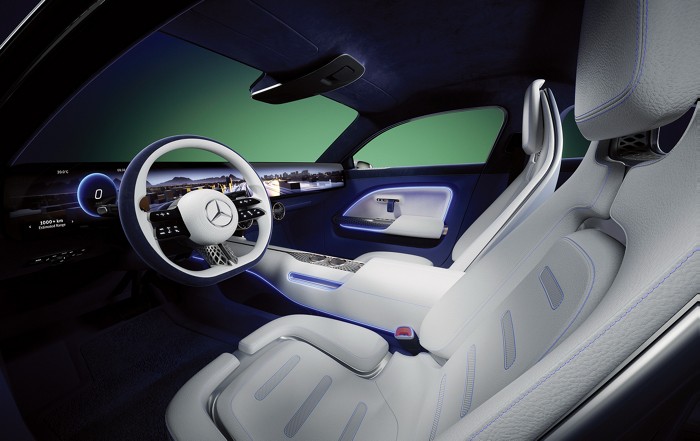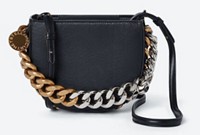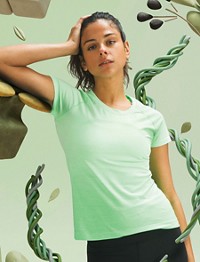Advertisement
Grab your lab coat. Let's get started
Welcome!
Welcome!
Create an account below to get 6 C&EN articles per month, receive newsletters and more - all free.
It seems this is your first time logging in online. Please enter the following information to continue.
As an ACS member you automatically get access to this site. All we need is few more details to create your reading experience.
Not you? Sign in with a different account.
Not you? Sign in with a different account.
ERROR 1
ERROR 1
ERROR 2
ERROR 2
ERROR 2
ERROR 2
ERROR 2
Password and Confirm password must match.
If you have an ACS member number, please enter it here so we can link this account to your membership. (optional)
ERROR 2
ACS values your privacy. By submitting your information, you are gaining access to C&EN and subscribing to our weekly newsletter. We use the information you provide to make your reading experience better, and we will never sell your data to third party members.
Biomaterials
Mercedes interior uses cactus and mushroom leather, biotech silk
Vision EQXX electric concept car features biobased interior materials
by Craig Bettenhausen
January 7, 2022

At the 2022 Consumer Electronics Show (CES) in Las Vegas this week, Mercedes-Benz showed off its latest concept car, the electric-powered Vision EQXX. Among the futuristic design elements, the car’s interior features two biobased leather alternatives and a biotechnology-derived silk.
The seats, console, and doors of the vehicle are upholstered using a combination of Deserttex, a leatherlike material made from nopal cactus and biobased polyurethane by the start-up Adriano Di Marti, and Mylo, a leatherlike material made from fungal mycelium by Bolt Threads.
A set of straps used to pull the doors shut are made from Biosteel, which the material’s maker, AMSilk, describes as a “nature identical” vegan silk made using biotechnology.
Automakers in recent years have been incorporating more biobased materials in their vehicle interiors beyond the traditional wood, leather, and cotton. Porsche, for example, upholsters the doors in some of its Taycan electric sports cars with Mirum, a biobased leather from Natural Fiber Welding, one of C&EN’s 10 Start-Ups to Watch in 2021. In a less conspicuous application, BASF offers a castor oil–based foam for instrument panels and other semi-hard automotive surfaces.
The Vision EQXX is all-electric, with a 1,000-km range at the energetic equivalent of 100 km per L (235 mi per gal), Mercedes-Benz says. Iterations on its powertrain will be in production vehicles by 2024, the firm says.
More than most concept cars, the Vision EQXX is a showcase of elements the automaker plans to soon bring to consumer vehicles. “All the elements on this car will make it into series production,” Markus Schäfer, an executive at Daimler, Mercedes-Benz’s parent company, said in a media call ahead of CES.





Join the conversation
Contact the reporter
Submit a Letter to the Editor for publication
Engage with us on Twitter